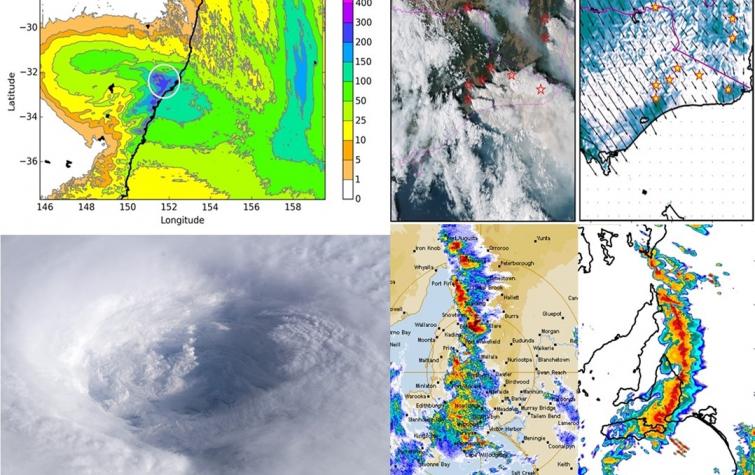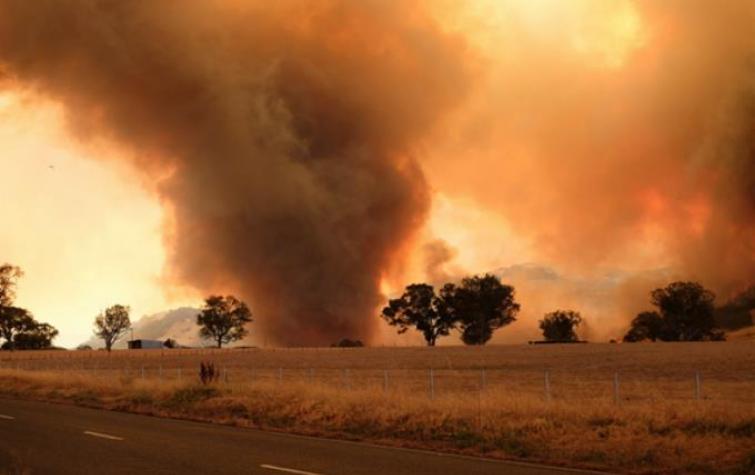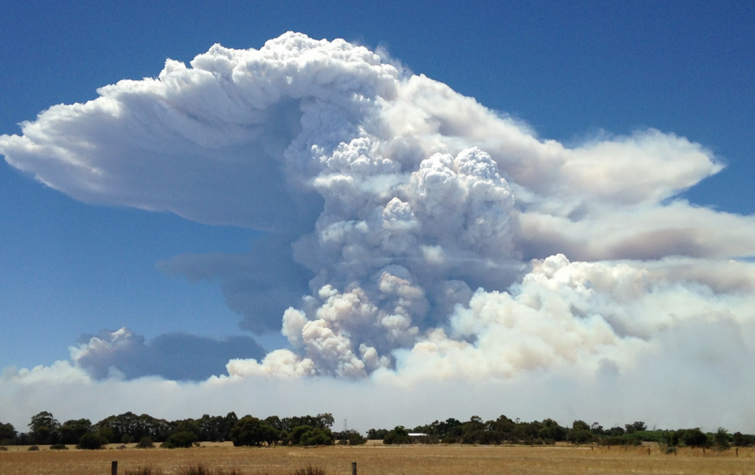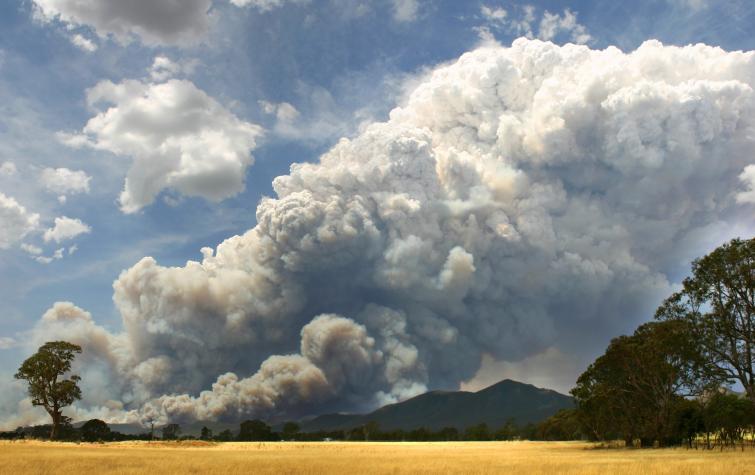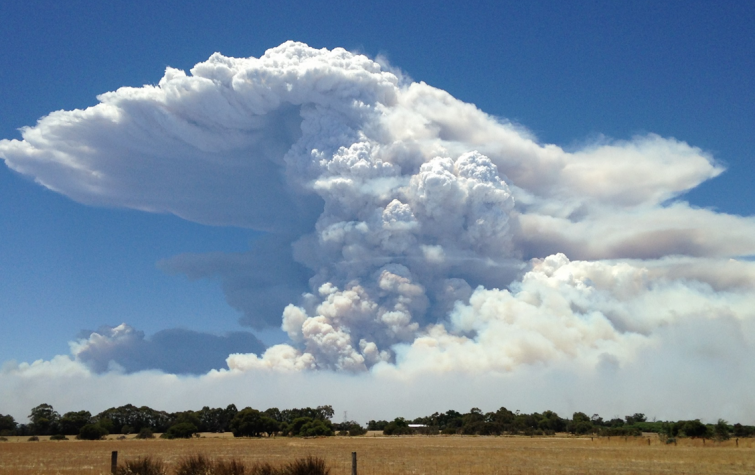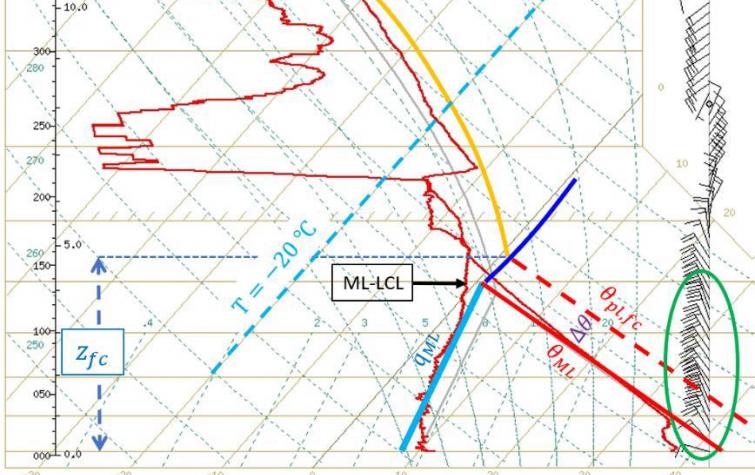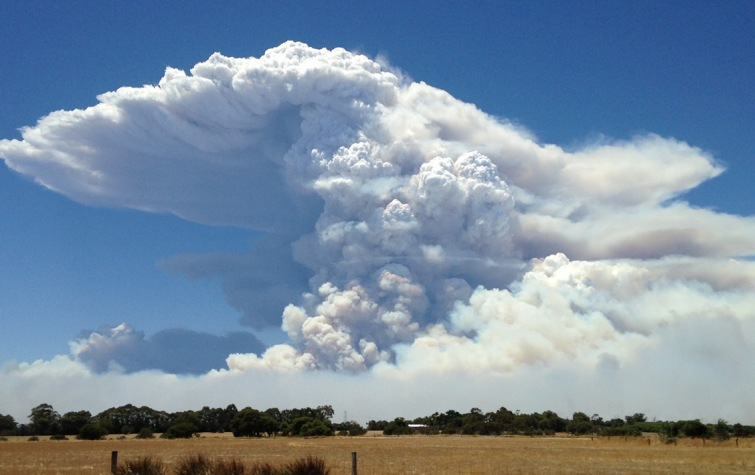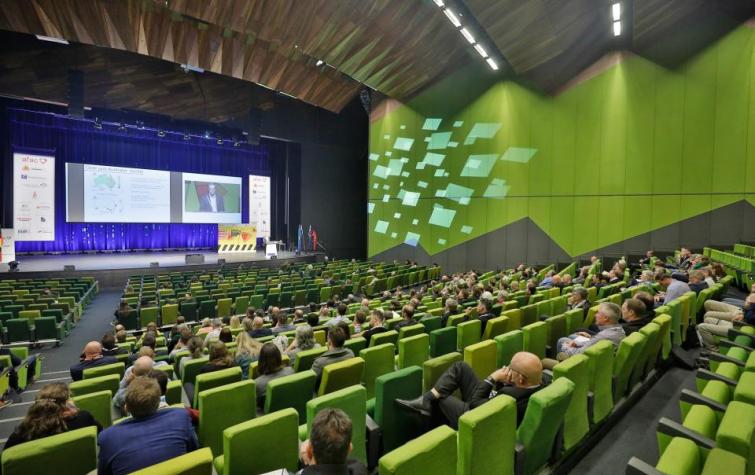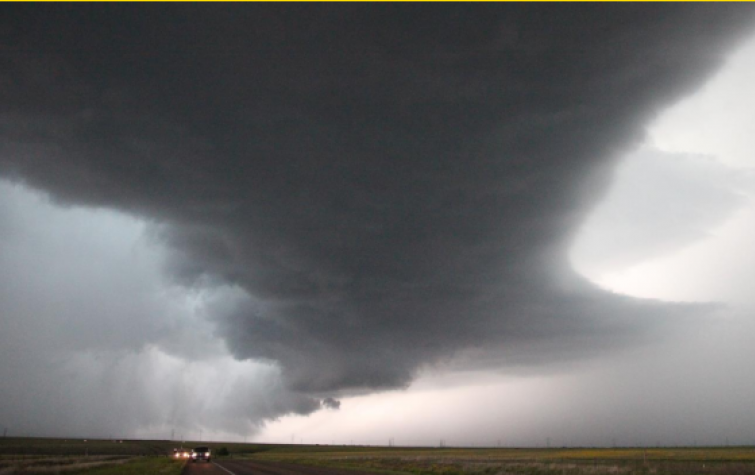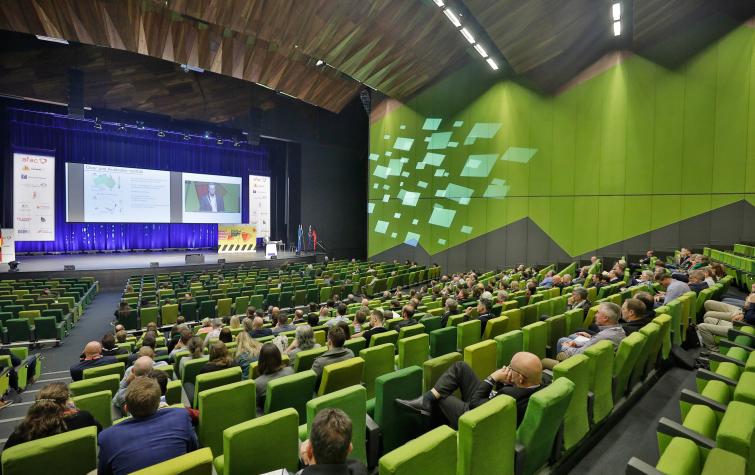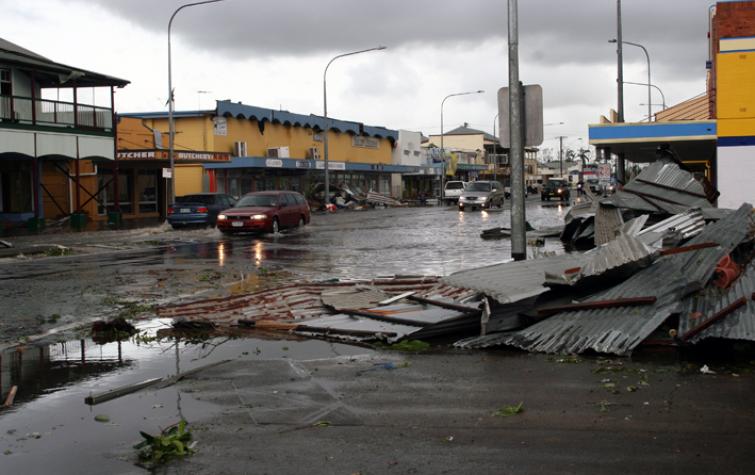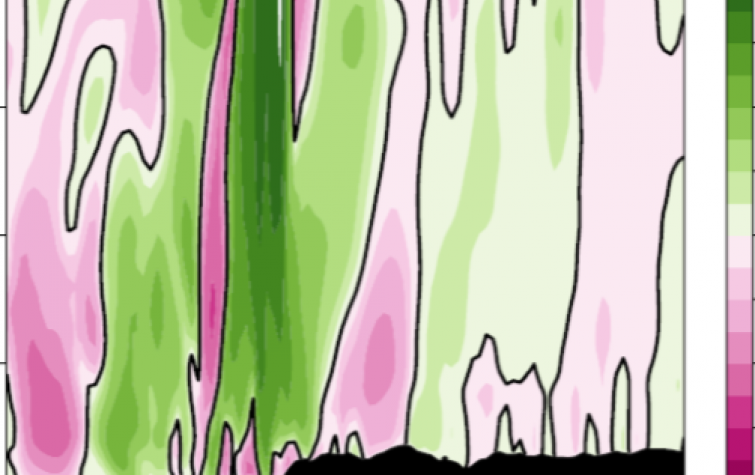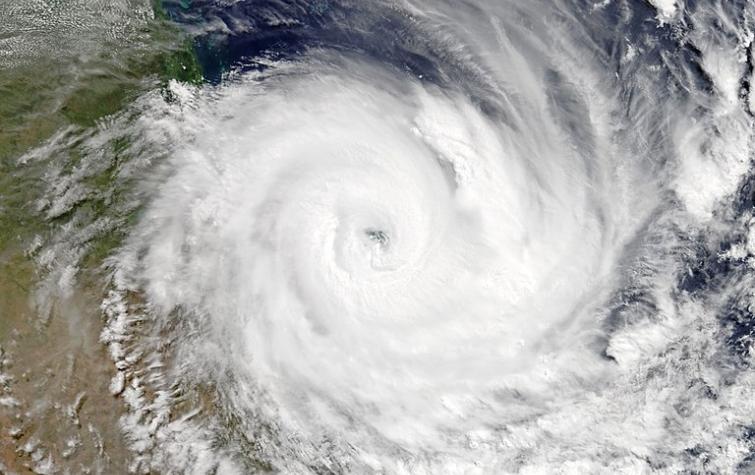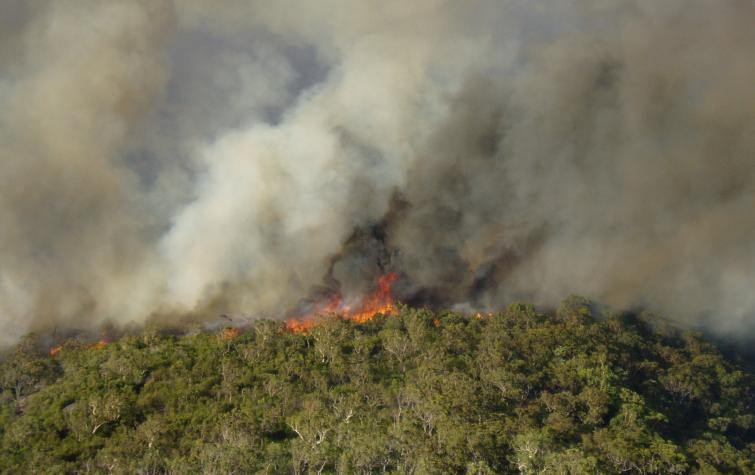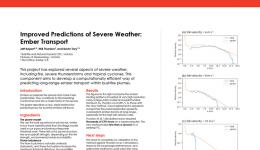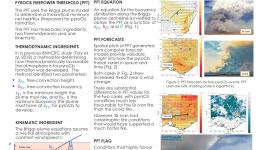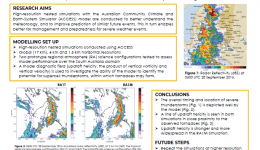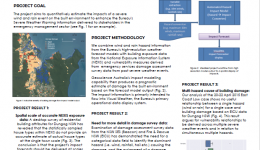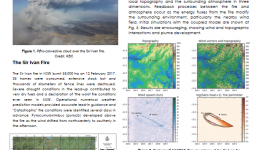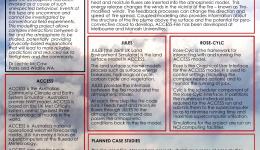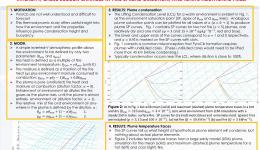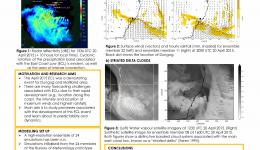My main research interests are divided between data assimilation and tropical cyclones, with a focus on the marine boundary layer in both areas.
In data assimilation, I was responsible for implementing the use of scatterometer data from the QuikScat instrument in the Bureau's operational global NWP system [paper]. In conjunction with this, I lead a major study which used the QuikScat data to validate the near-surface winds in the entire NWP suite [research report] [paper].
I have also investigated formulation details of the Ensemble Kalman Filter, a relatively new assimilation method with considerable potential. Specific projects include (i) an examination of the implications of using perturbed observations to estimate the observation-error covariance [paper] and (ii) an examination of the implications for balance of covariance localisation, and the development of a new method of localisation with much improved balance properties .
Wind energy is a renewable source of energy with a gradually increasing presence in Australia. A major factor impeding the more extensive use of wind power is that the wind is highly variable, leading to large fluctuations in electricity output and hence a difficulty in incorporating these power sources within the electricity grid. I have been closely involved in the development within BMRC of a new high-resolution NWP system, WLAPS, developed partly to improve the Bureau's ability to support forecasting of wind power production. The main innovation in this system is that it assimilates at the native model resolution of 10 km. Extensive verification has demonstrated that WLAPS produces significantly superior forecasts to its predecessors.
Recent tropical cyclone work has focussed on the structure of the boundary layer winds, especially the dynamics and characteristics of the low-level jet that is often found near the top of the boundary layer, and the factors that determine the strength of the surface winds relative to those aloft. The approach has been a mix of analytical modelling, numerical modelling, and the analysis of observations, including detailed case studies of the flow and balance in Hurricanes Georges and Mitch using data obtained by the NOAA Hurricane Research Division from the GPS dropsonde. These analyses required very accurate location of the cyclone centre, leading to the development of an objective new method for finding the centre of a storm using asynoptic mass data. Currently, I am attempting to better understand the turbulent structure of the tropical cyclone boundary layer, using dropsonde data .
Earlier work on air-sea interaction at high wind speeds included a demonstration of the roles of sea spray and rain evaporation in the thermodynamics of the TCBL, using a slab model which included parameterisations of these effects together with cloud downdrafts, clear sky and surface fluxes. I also used a turbulent closure model coupled to a spray dispersion and evaporation model to explore the transport and transformations of saline droplets in the full atmospheric boundary layer, and to refine bulk parameterisations of these effects. A major experimental project, instrumenting two 300 m towers on the tip of North West Cape, Western Australia, to make detailed boundary layer measurements during a tropical cyclone passage, ended in 2002.
Project leadership
Lead end user
Research team
| Type | Project | Research team |
|---|---|---|
| CRC Core Project | Improving land dryness measures and forecasts | cyeo, vinodkumar, jkepert, jwalker, igrant, Adam Smith, Peter Steinle |
| CRC Core Project | Impact-based forecasting for the coastal zone: East Coast Lows | bebert, jkepert, carthur, mwehner, medwards, rhay, jsexton, smaguire, sschroeter, ckrause |
| Commissioned Research | Modelling fire weather interactions using the ACCESS-Fire model | jkepert, pfoxhughes, bhanstrum, dzovkorajak, asantra, jgreenslade |



